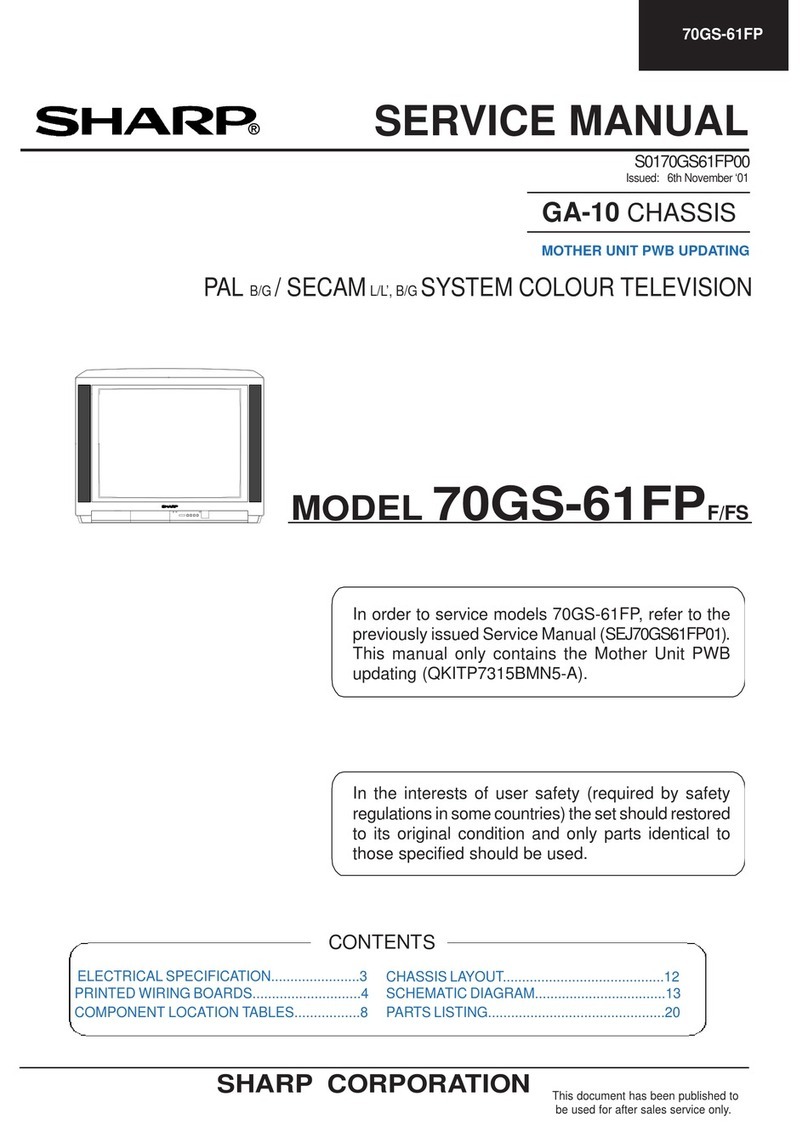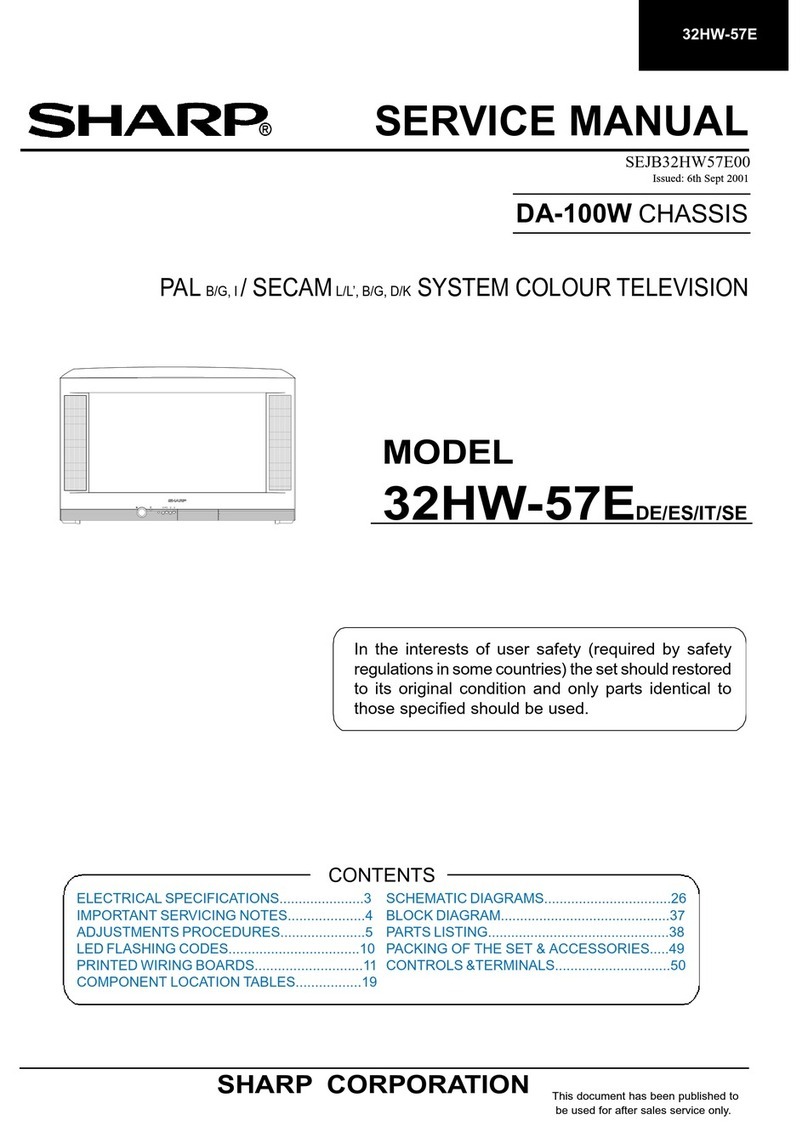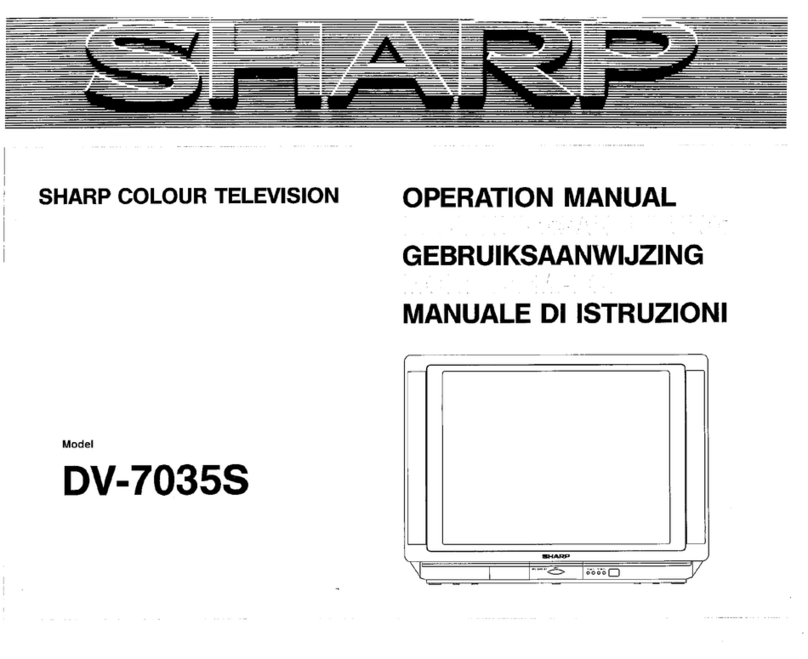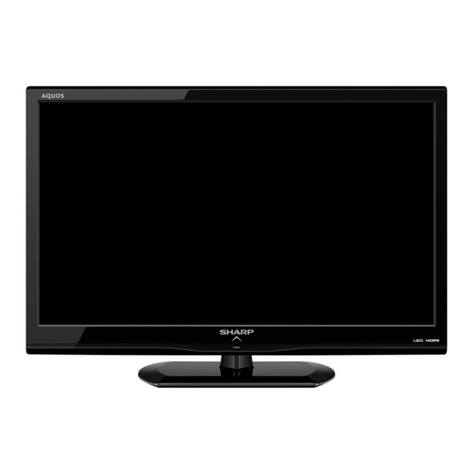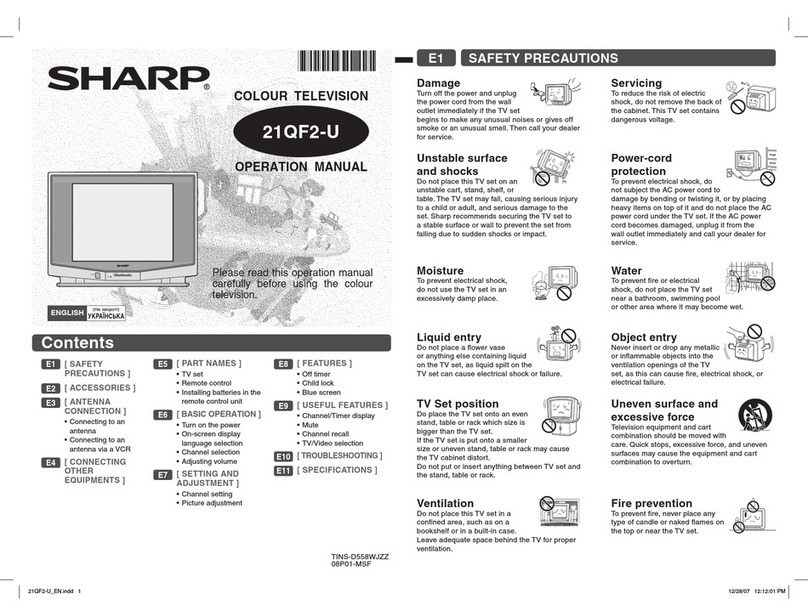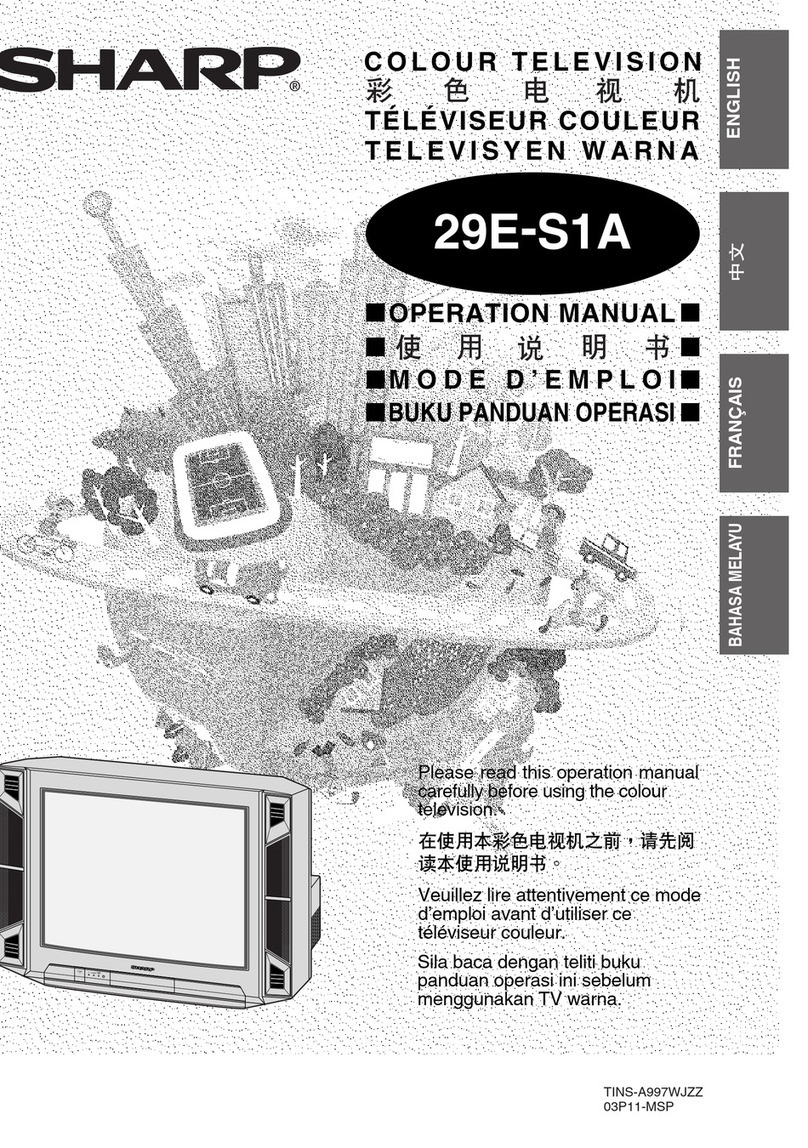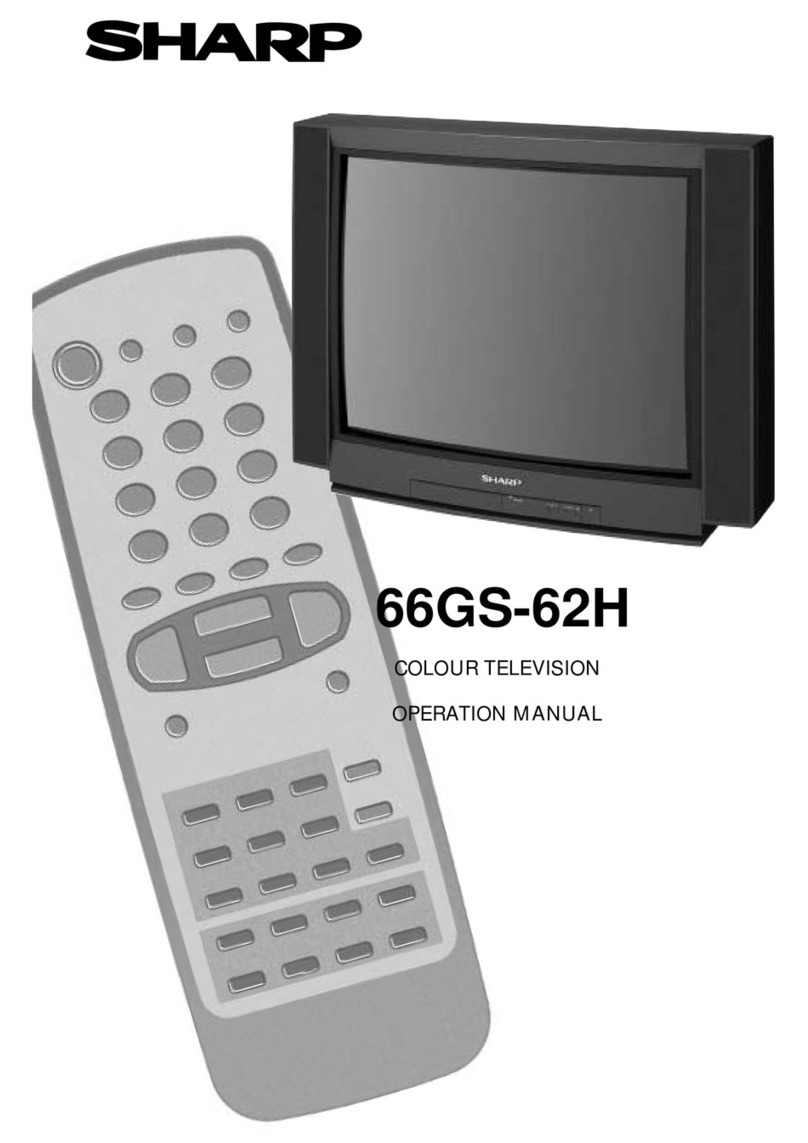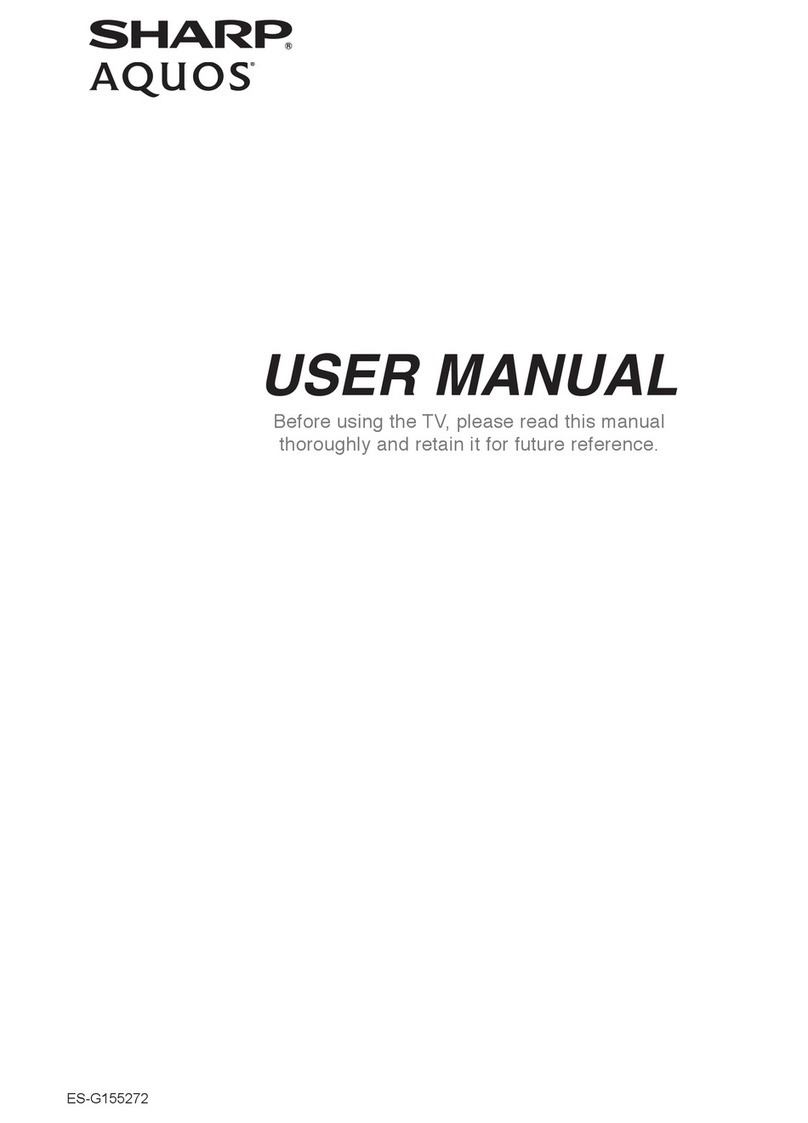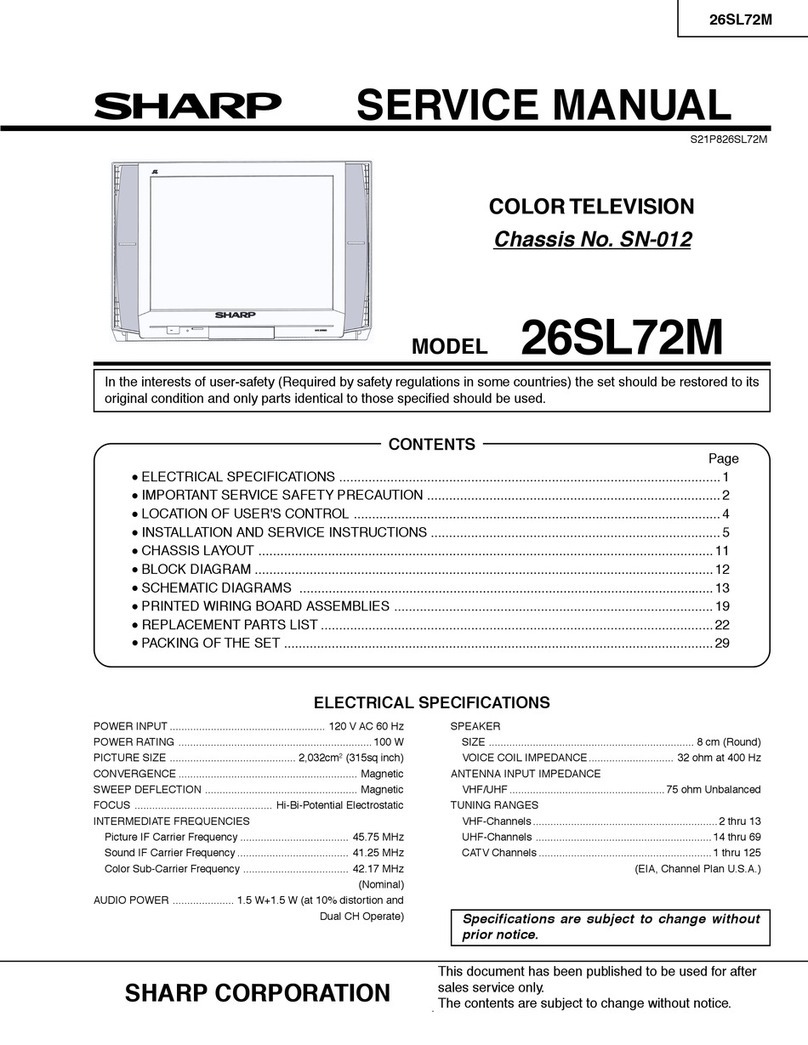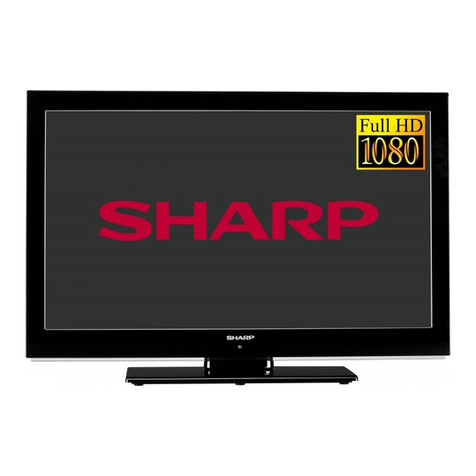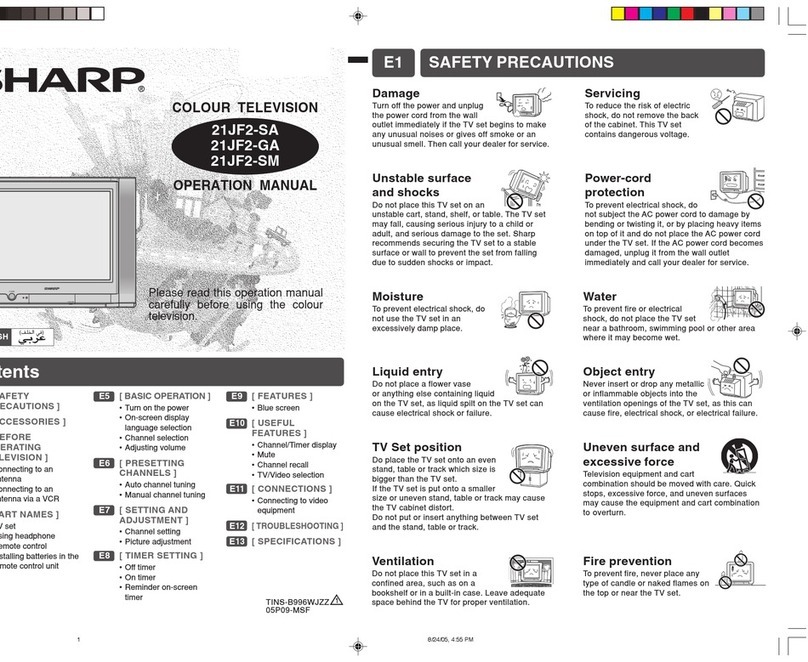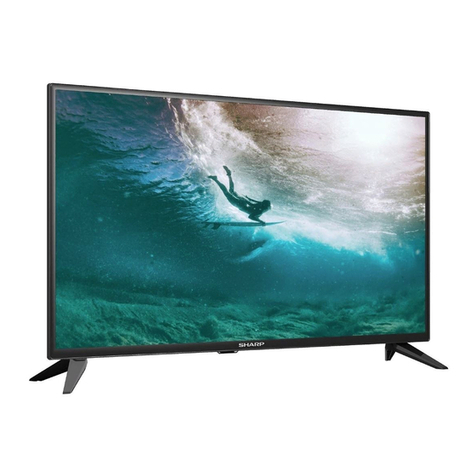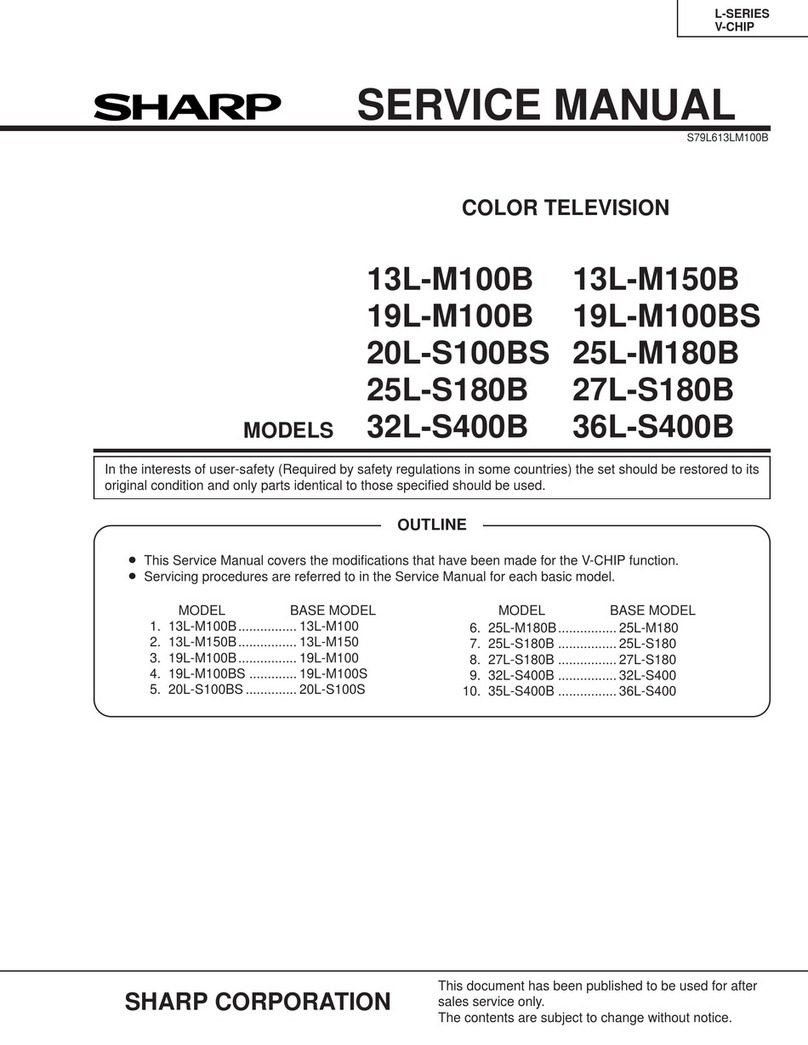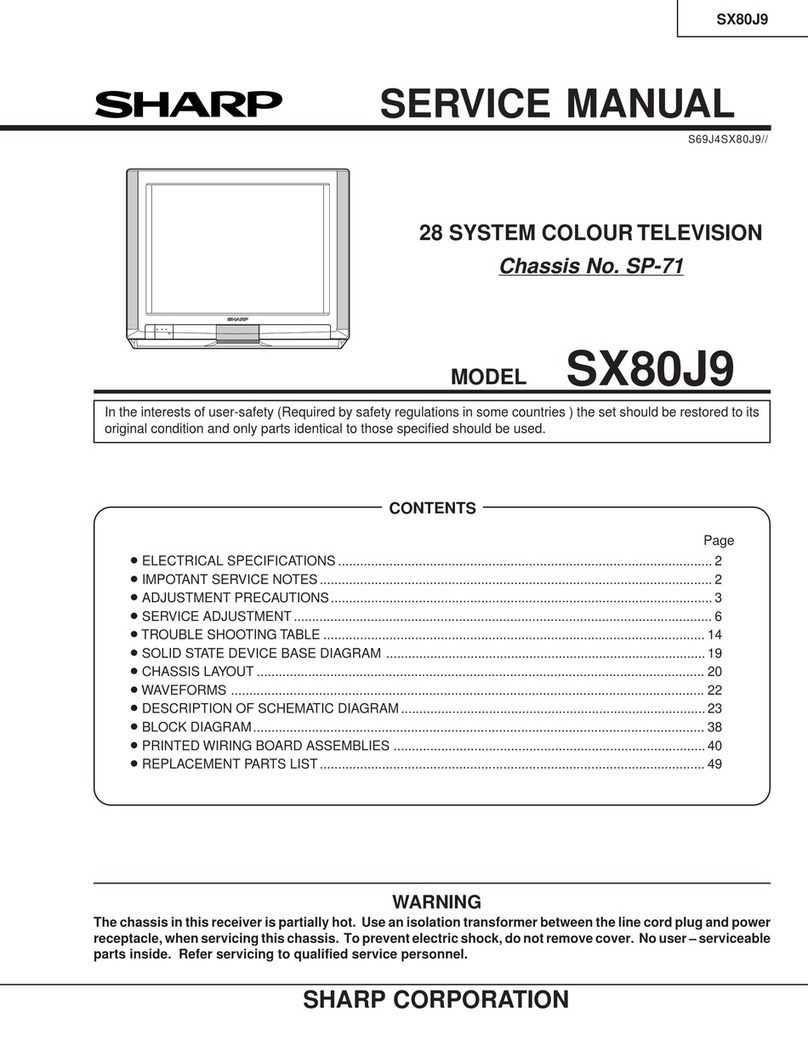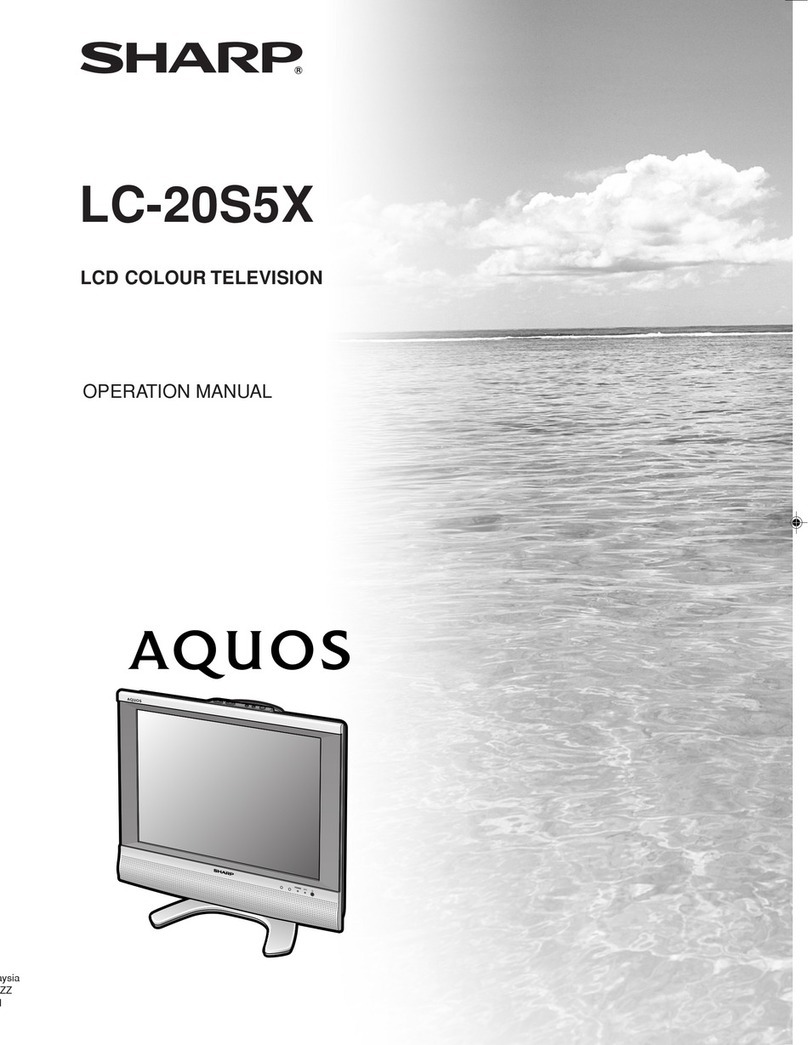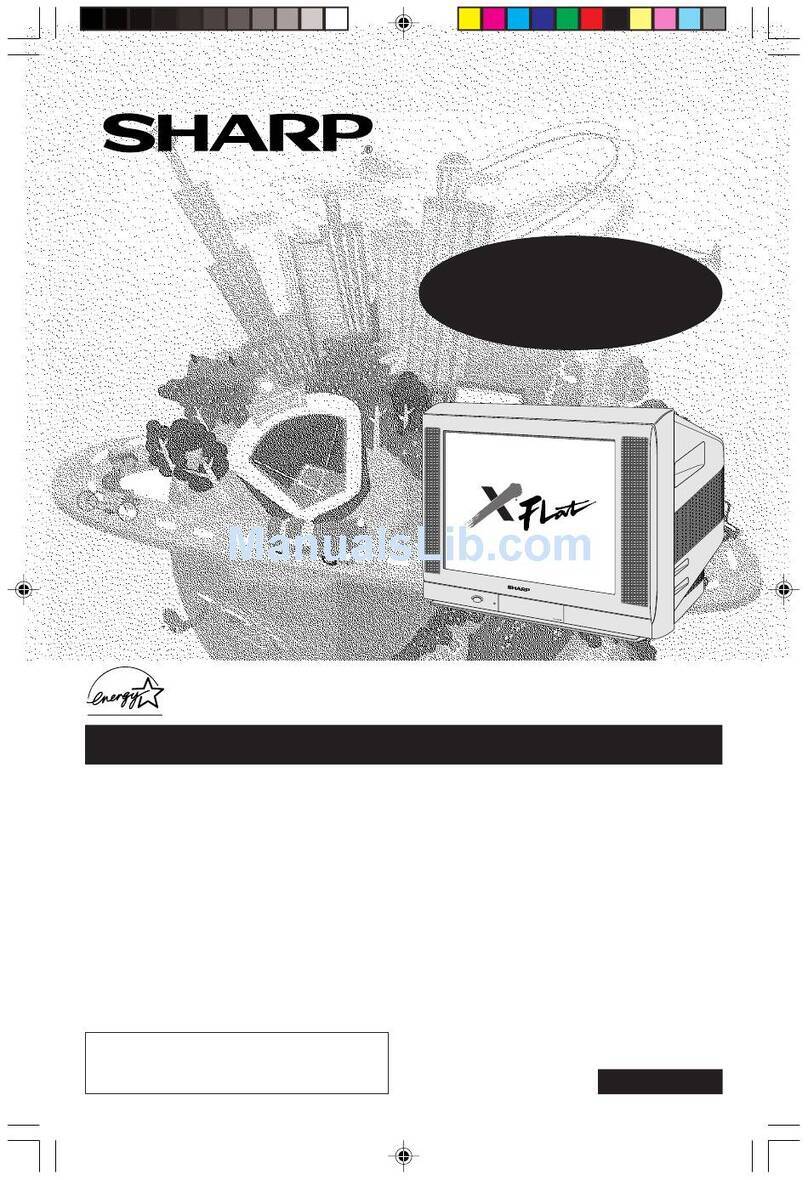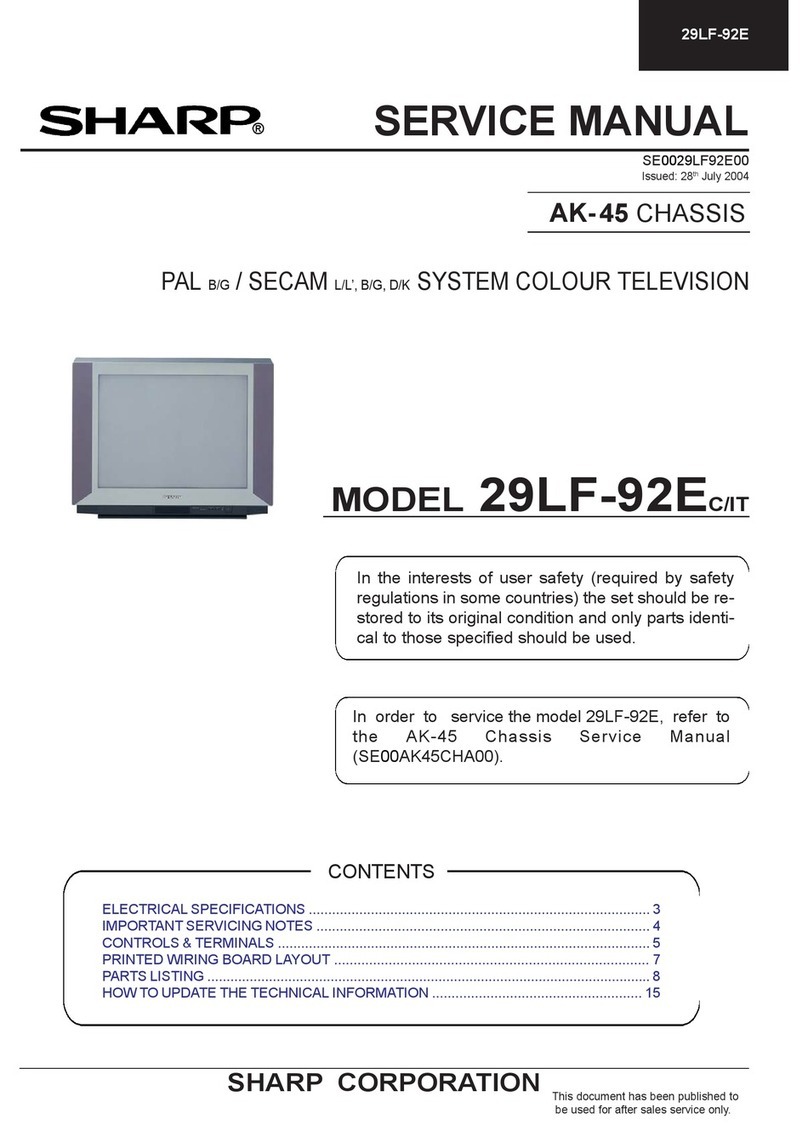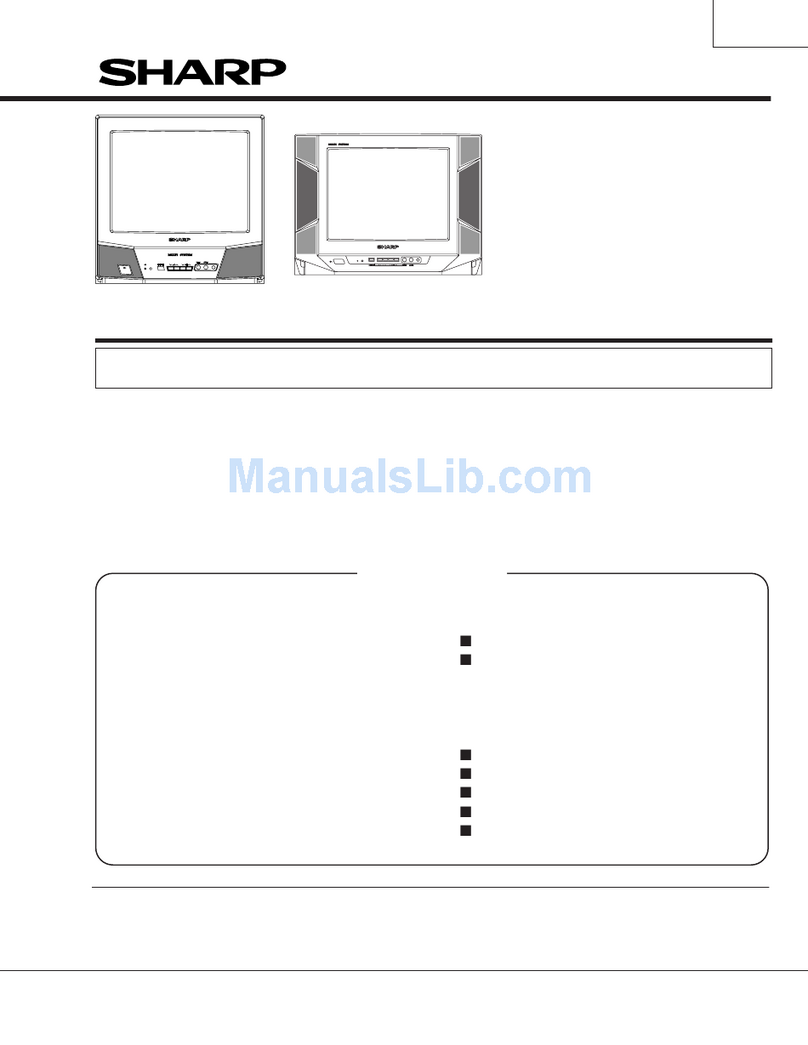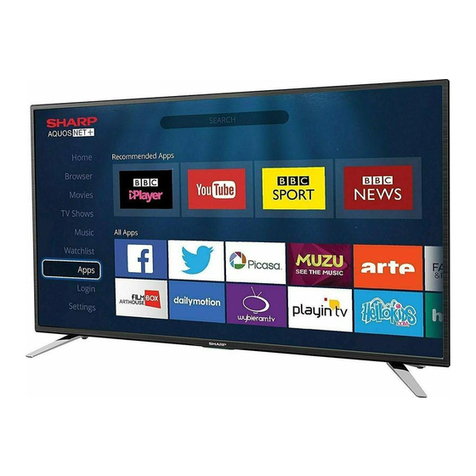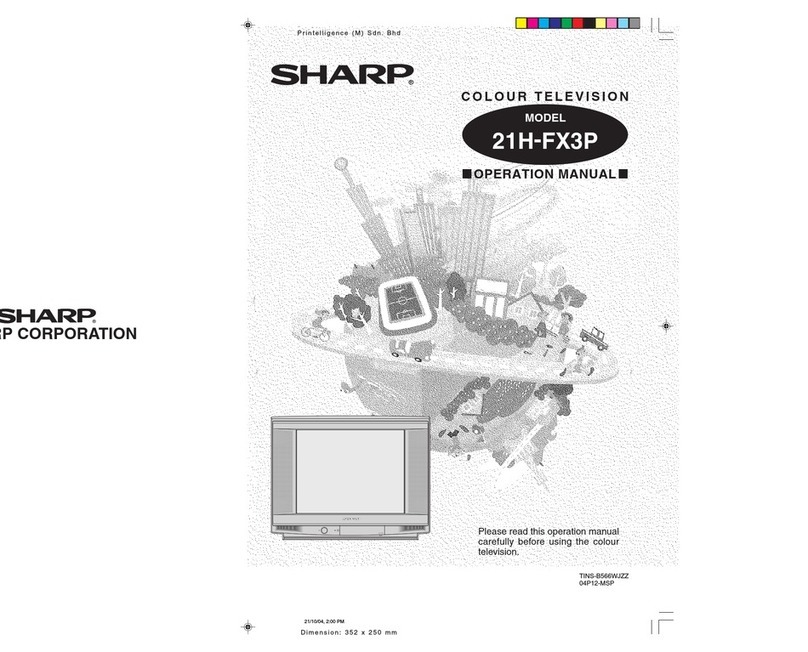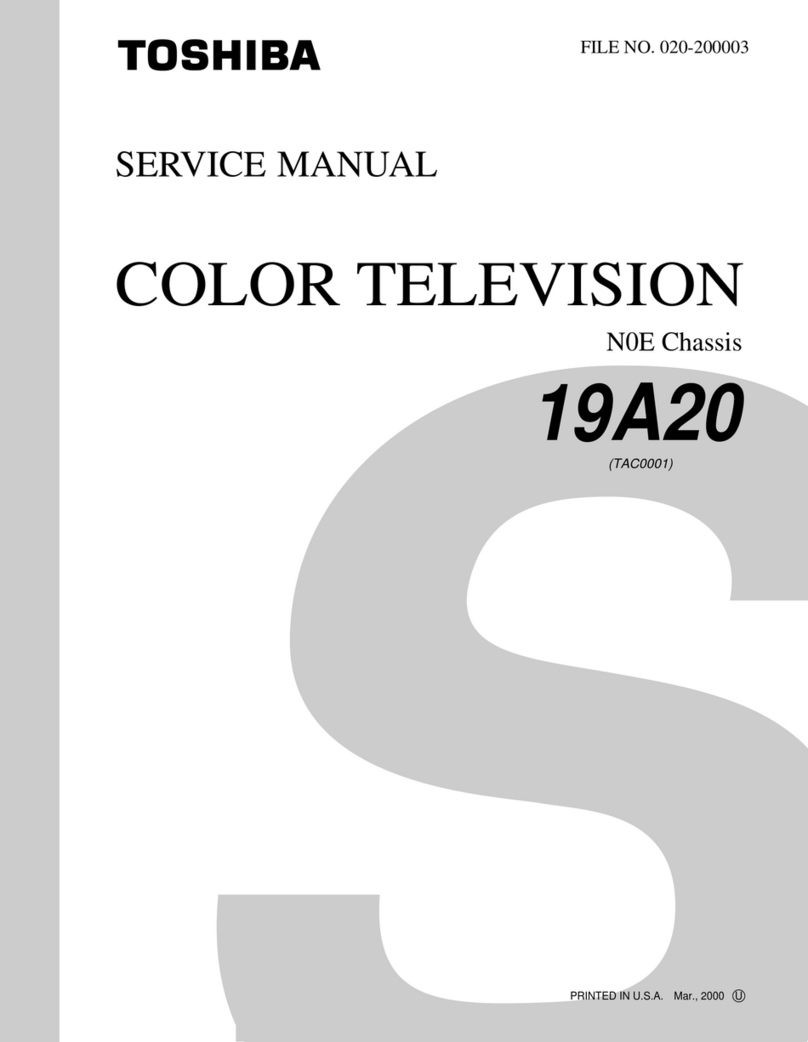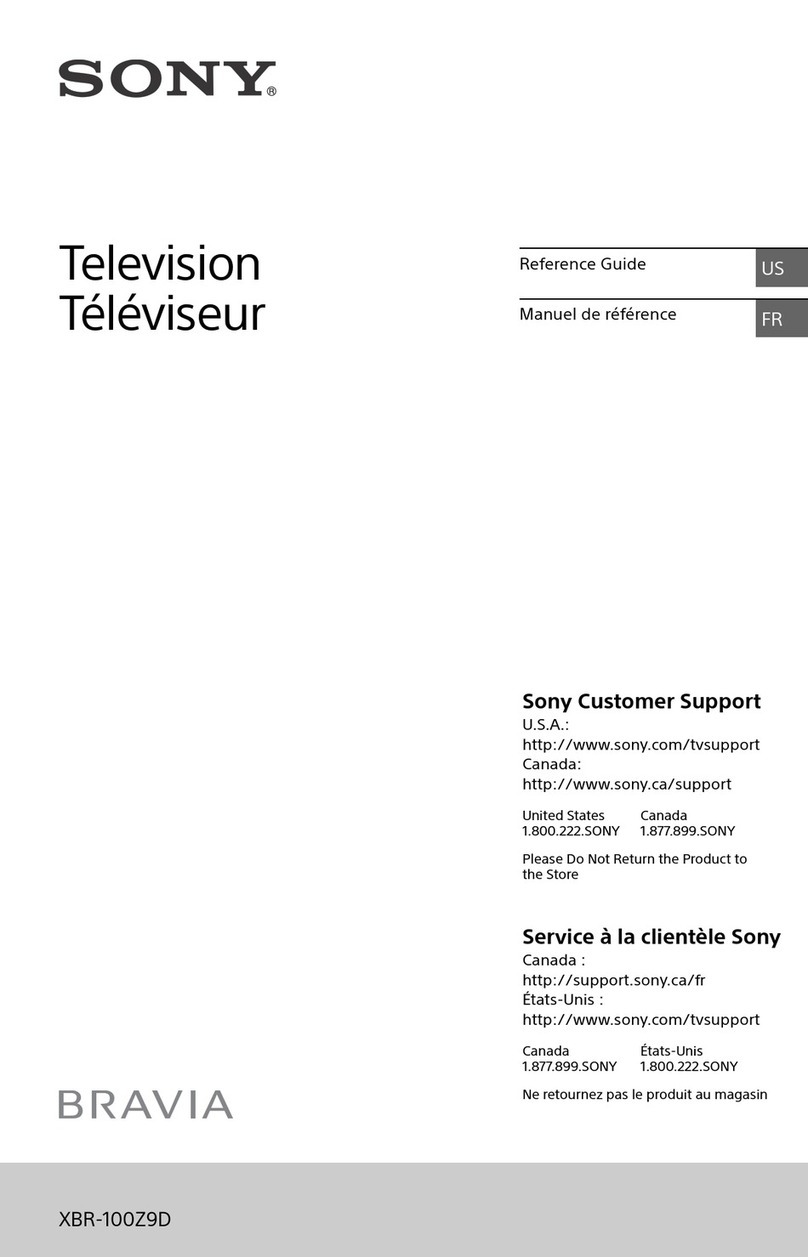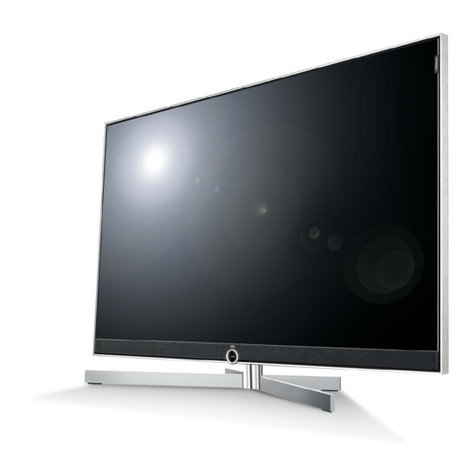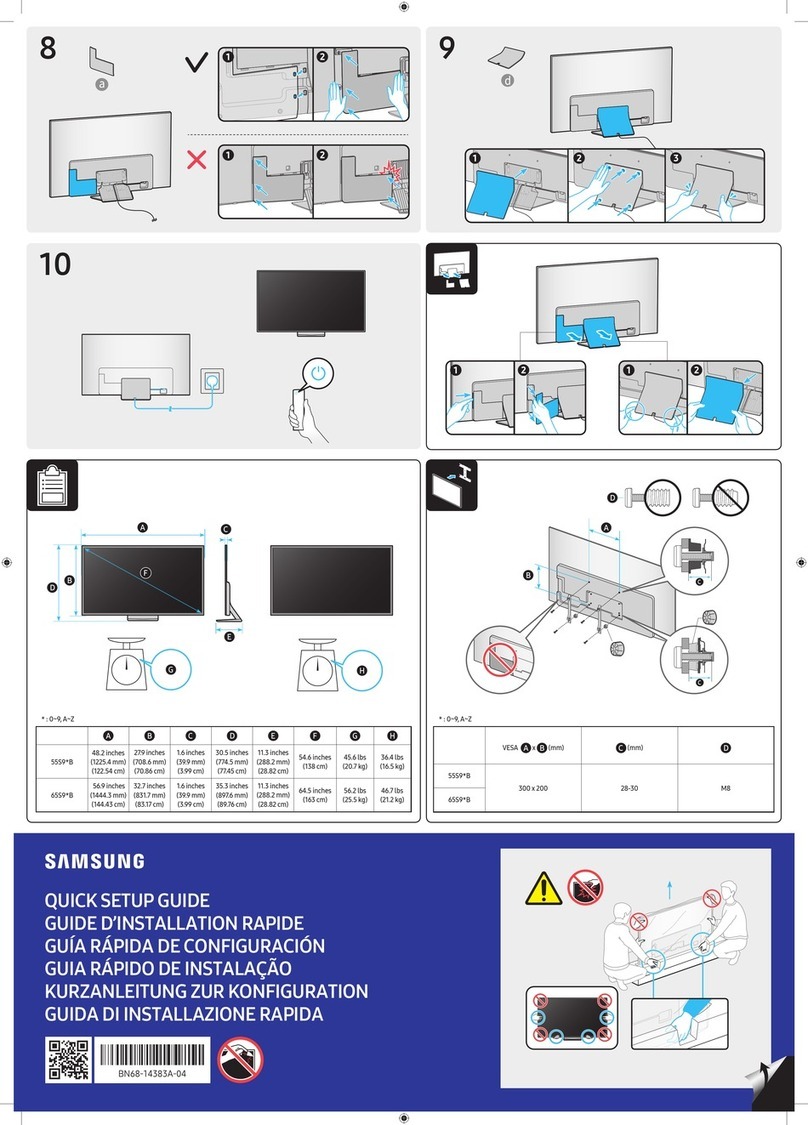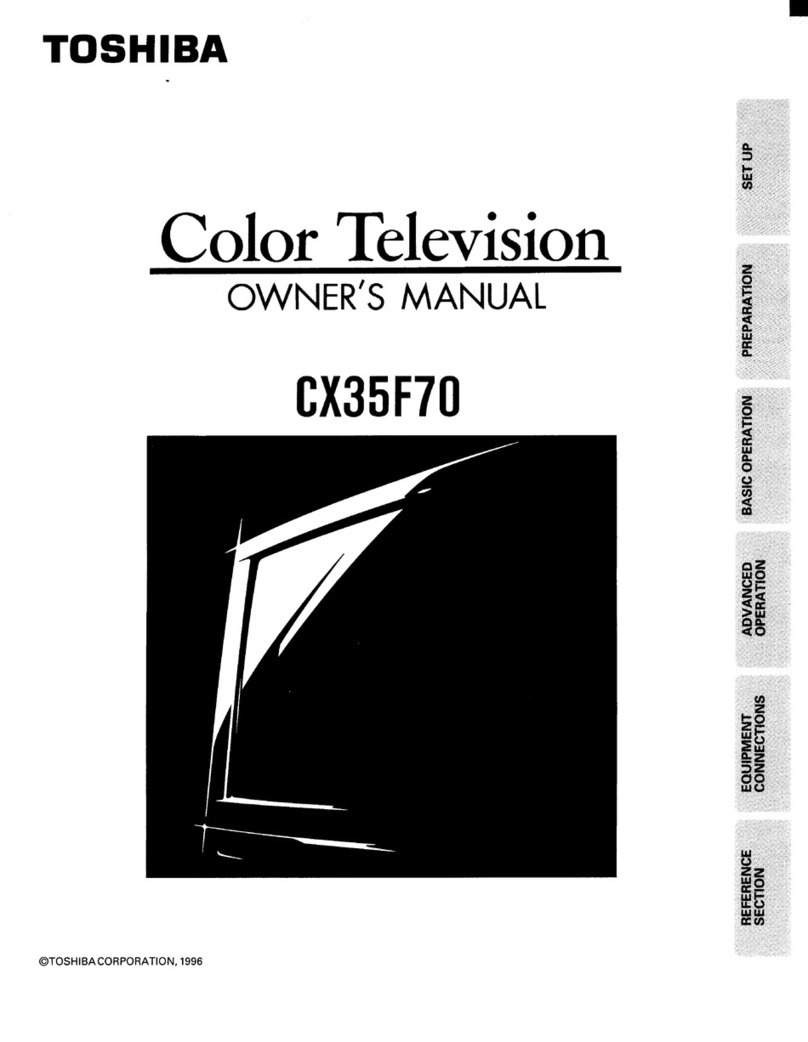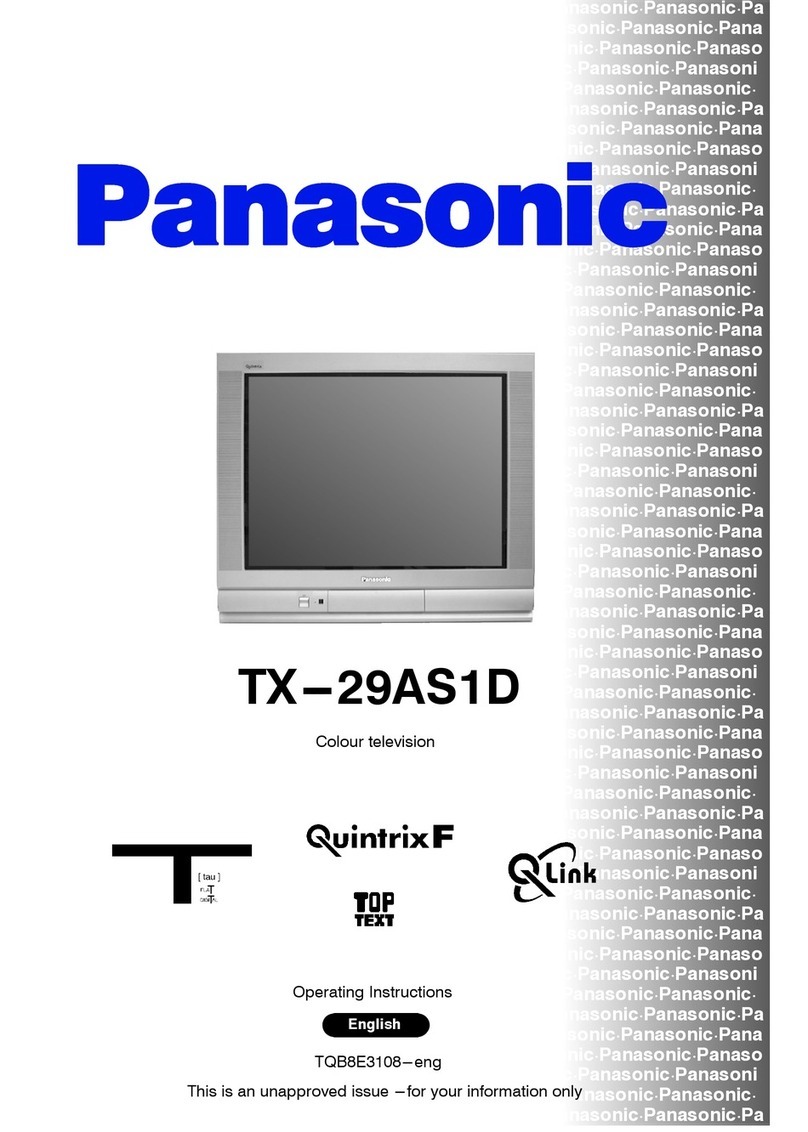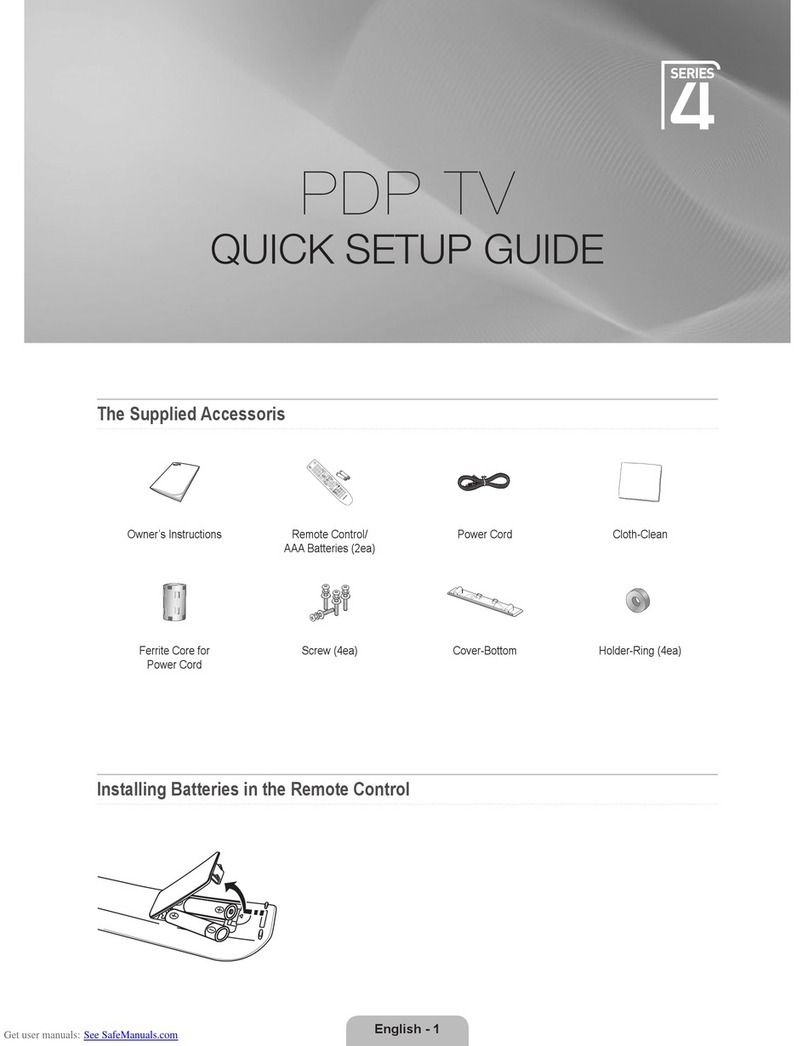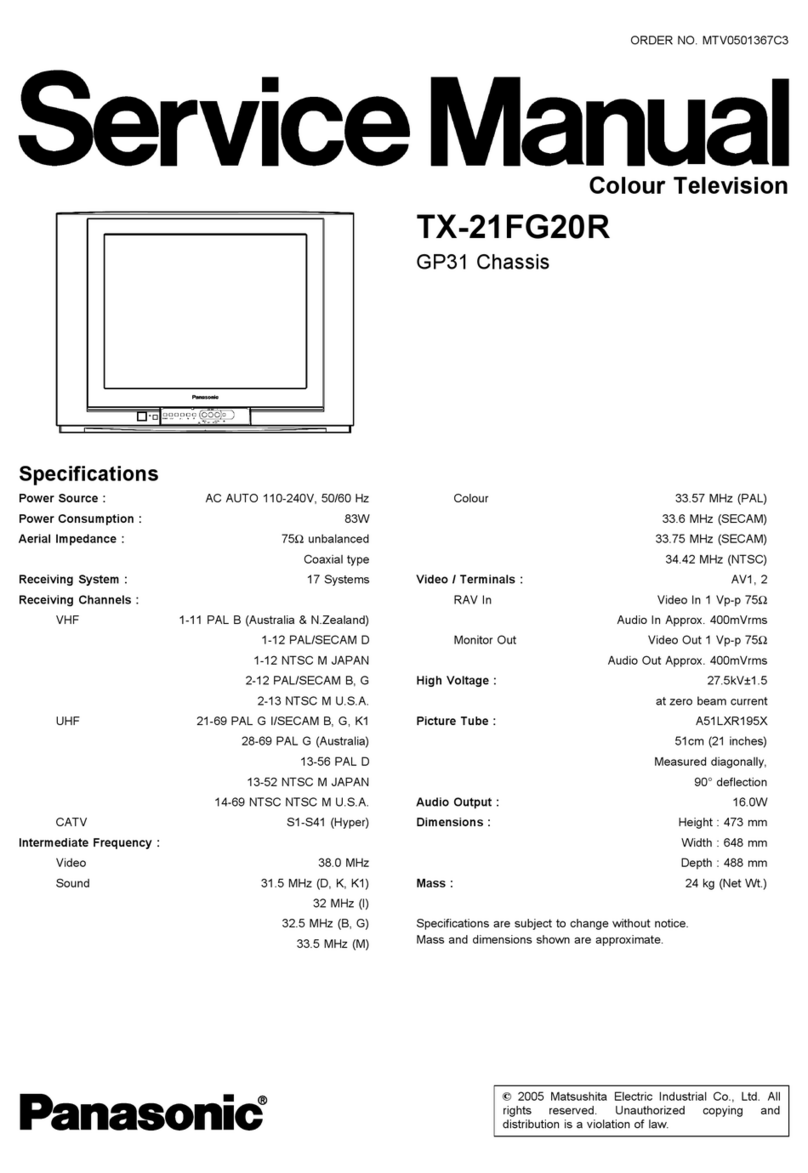'19SV111
IMPORTANT
SERVICE
SAFETY
PRECAUTION
• Service
w_ork
should
be
performed only by qualified service technicians who are
thoroughlyfamiliar
with
all safety checks
and
servicing guidelineswhich follow:
WARNING
1.
For
continued safety, no modification
of
any
circuitshould be attempted.
2.
Disconnect
AC
powerbeforeservicing.
3.
Semiconductor heat sinks are potential shock
hazardswhen
the
receiver
is
operating.
4.
The
chassis
in
this receiver
has
two
ground
systems which are separated by
insulation
material.
The
non-isolated (hot) ground
system
is
for
the + B voltage regulator circuit and the
horizontal
output
circuit.
The
isolated ground
sy5tem
is
for
the
low
+B
DC
voltages and the
secondary
circuit
of
the
high
voltage
transformer.
To
prevent electrical shock
use
an isolation
transformer between
the
Ii
ne
cord and power
receptacle, when servicing this
chassis.
SERVICING OF
HIGH
VOLTAGE
SYSTEM AND
PICTURE
TUBE
When servicing
the
high voltage system,
remove
the
static charge by connecting a
10k
ohm
resisto-r in
series
with
an
insulated
wire
(such
as
a
test
probe)
between
the
picture
tube
ground
and
the
anode
lead.
{AC
cord
should
be
disconnected from
AC
outlet.)
1.
Note
that
the
picture
tube
in this receiver
employs integral implosion protection.
2.
Replace
with
tube
of
the
same
type number
for
continued safety.
3.
Do
not
Iift picturetube by
the
neck.
4.
Handle
the
picture
tube
only
when
wearing
shatterproof goggles and
after
discharging the
high voltage anode completely.
X-RADIATION
AND
HIGH VOLTAGE
LIMITS
1.
All service personnel should be aware
of
the
procedures
and
instructions
covering
X-
radiation.
The
only potential source
of
X-ray
in
current solid state
TV
receivers
is
the
picture
tube. However,
the
picture tube does
not
emit
measurable
X-Ray
radiation
if
the high voltage
is
as
specified
in
the
"High
Voltage Check"
instructions.lt
is
only
when
high
voltage
is
excessive
that
X·rad
iation
is
capable
of
penetrating
the
picture
tube
shell
which
includes lead in
glass
material.
The
important
precaution
is
to
keep high voltage below the
maximum level specified.
2
2.
It
is
essential
that
servicemen have available at
all times
an
accurate high voltage meter.
The
calibration
of
this
meter should be checked
periodically.
3.
High voltage should always
be
kept at
the
rated value
-no
higher. Operation at higher
voltages may
cause
a failure
of
the picture tube
or high voltage circuitry and, under certain
conditions,
may
produce radiation
in
excess
of
desirable levels.
4.
When the high voltage regulator
is
operating
properly
there
is
no
possibility
of
an X-
radiation problem.
Every
time
a color
chassis
is
serviced, the brightness should
be
tested
while monitoring high voltage
with
a meter
to
be certain
that
it
does
notexceed the specified
value and
is
regulated correctly.
5.
Do
not
use
a picture
tube
other
than
that
specified, and do
not
make unrecommended
circuit
modifications
to
the
high
voltage
circuitry.
6.
When
trouble
shooting
and
taking
test
measurements on a receiver
with
excessively
high voltage,avoid being unnecessarily dose
to
the
receiver. Do
not
operate
the
receiver
longer than
is
necessary
to
locate the
cause
of
excessive
voltage.
FIRE
AND
SHOCK HAZARD
CHECKS
Before returning
the
receiver
to
the
user,
perform
the
following safety checks:
1.
Inspect all lead
dress
to
make certain
that
leads
are not pinched, and check
that
hardware
is
not
lodged between
the
chassis and
other
metal parts in the receiver.
2.
Inspect all protective devices such
as
non·
metallic control knobs, insulating materials,
cabinet
backs,
adjustment and
compartment
covers
or
shields, isolation resistor-capacity
networks, mechanical insulators, etc.
3.
To
be
sure
that
no shock hazard exists, check
for
current Ieakage in the foil
owing
manner:
•
PI
ug
the
AC
cord directiy
into
a
120
volt
AC
outlet, (Do
not
use
an
isolation transformer for
thistest).
• Using
two
clip
leads,
connect a 1.5k ohm,
10
watt
resistor paralleled by a
0.1SuF
capacitor in
series
with
all
exposed
metal cabinet parts
and
a known earth ground, such
as
an electrical
conduit or electrical ground connected
to
an
earth ground.

